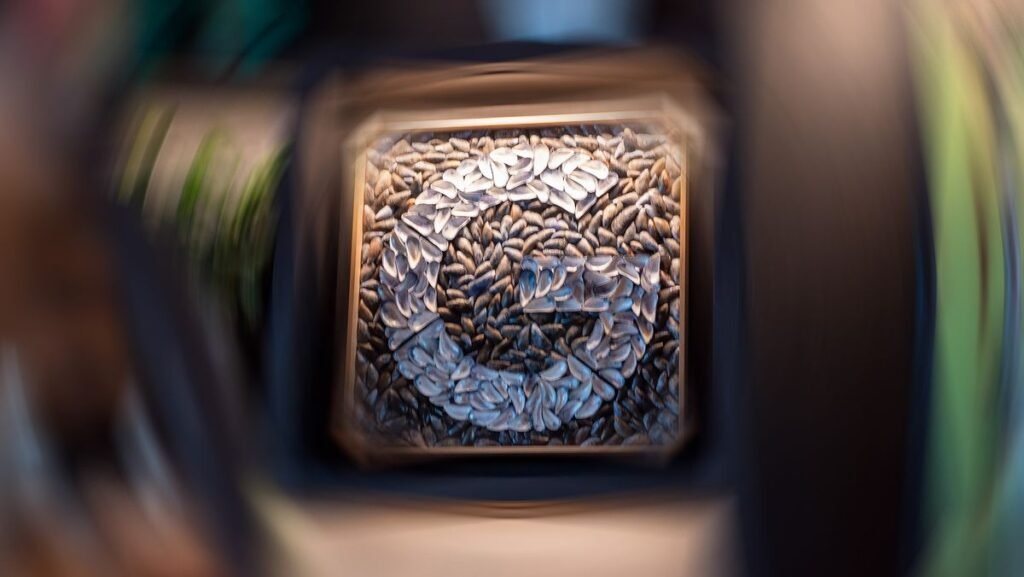In accordance with
Nikkei Asia, TSMC introduced on Wednesday that it’ll begin producing chips utilizing its 1.6nm course of node by 2026. The world’s high contract foundry made the announcement throughout the North America Expertise Symposium held in Santa Clara, California. This 12 months, TSMC’s most cutting-edge utility processors for smartphones will probably be constructed utilizing its second-generation 3nm course of node (N3E). Chips just like the A18 Professional and A18 Bionic for the iPhone 16 collection, Qualcomm’s Snapdragon 8 Gen 4 SoC, and MediaTek’s Dimensity 9400 chipset needs to be manufactured utilizing this course of node.
As the method node numbers get smaller, so does the scale of the transistors positioned contained in the chips. That implies that extra of them can be utilized which will increase the efficiency and/or vitality effectivity of the element. For instance, the 7nm A13 Bionic that powered the 2019 iPhone 11 collection carried 8.5 billion transistors whereas final 12 months’s iPhone 15 Professional and iPhone 15 Professional Max function the 3nm A17 Professional which comprises 19 billion transistors. TSMC says that the 1.6nm node will “significantly enhance logic density and efficiency.”
On the Symposium TSMC CEO C.C. Wei famous that “At TSMC, we’re providing our prospects probably the most complete set of applied sciences to appreciate their visions for AI [using] the world’s most superior silicon.” TSMC additionally introduced that its 1.6nm node will embody “bottom energy rails” which transfer the wiring to attach the chips to energy sources from the highest of the chip to the underside.
Every 3nm A17 Professional AP is supplied with 19 billion transistors
Throughout the second half of subsequent 12 months, TSMC will begin mass manufacturing of chips made utilizing its 2nm node. At 2nm, TSMC will debut its Gate-All-Round (GAA) transistors. The latter makes use of a gate that covers all 4 sides of the channel decreasing present leak and rising the drive present. Samsung already makes use of GAA transistors with its 3nm course of node. Late final 12 months, TSMC turned over 2nm prototypes to 2 of its largest prospects, Apple and NVIDIA.
The underside line is that the appliance processors used to energy smartphones will proceed to get extra highly effective and energy-efficient over the subsequent few years leaving pundits questioning whether or not present expertise can assist even smaller transistors by the top of the present decade.




